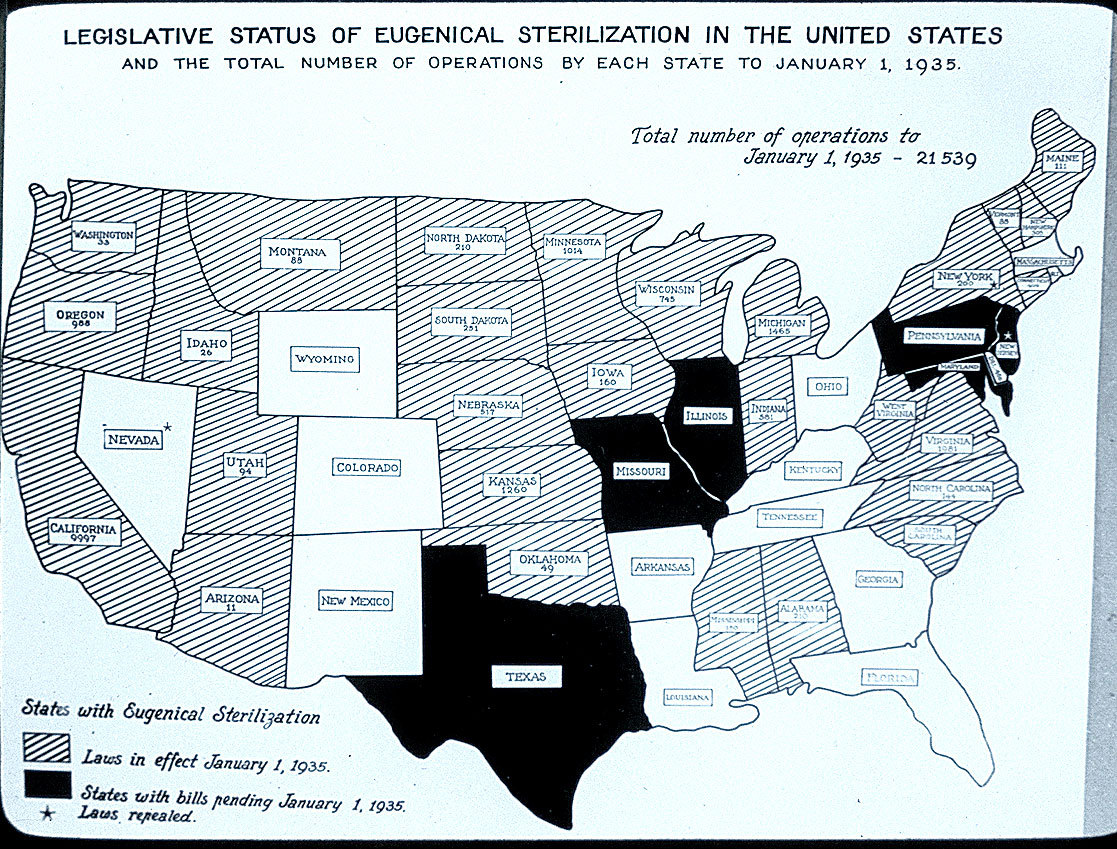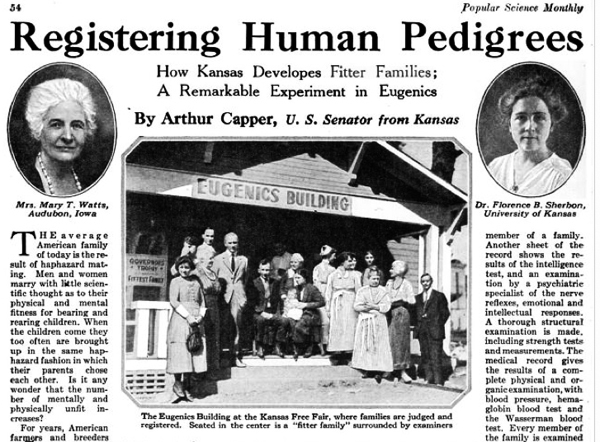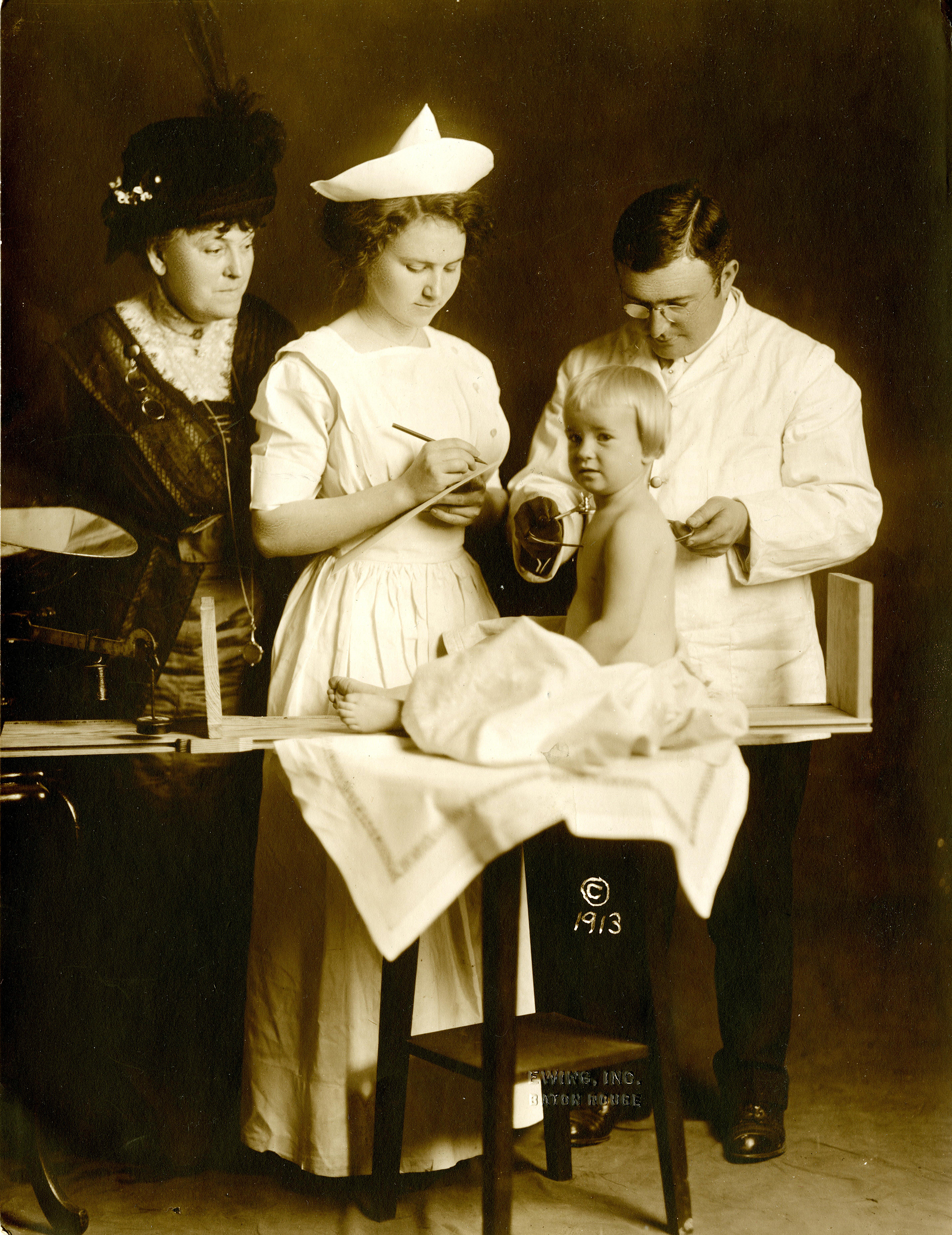In the latter case, President Woodrow Wilson, who fell ill in 1919 during treaty talks, was distracted by fighting the first all-out world war. President Donald Trump, on the other hand, became sick after ignoring the advice of his health officials while campaigning for reelection. Trump has long boasted about his health and his smarts. He was hospitalized, given advanced treatments for COVID-19 and, when released, adopted a strongman posture. He and many of his followers believe in their own supremacy — their ability to survive as the fittest of Americans by virtue of their beliefs and their race. White supremacy is, after all, a genetic argument.
Trump has more in common with the prior influenza era: He’s well-known for bragging about his genes. He has claimed that he has “a natural instinct” for science because his uncle was a professor at the Massachusetts Institute of Technology. By that argument, I am even more of a genius, having uncles who went to MIT and Harvard. (A look at my SAT scores would prove his argument is meritless.)

The era immediately before and after the 1918 epidemic was a heyday for the passage of so-called eugenics laws that would allow for the culling of the American herd.
There are two kinds of eugenics. The first is positive eugenics, related to selective breeding. One frequently cited example is the Nazi SS matching its members with “worthy” Aryan women to improve the German stock. But positive eugenics is also inherent in opposition to immigration, race mixing and desegregation. White leaders like Theodore Roosevelt, for example, worried about the “mongrelization” of the Anglo-Saxon race.
The other eugenics, the negative kind, involves actively preventing certain individuals from living or reproducing — in other words, removing them from the gene pool. The Holocaust is an extreme example, but the basic concept was embraced in the United States early in the 20th century. Laws permitting forced sterilization of women, the mentally ill, gay people and those considered child rapists were passed across the country; they intended to purify the population.
The first state to adopt such a law was Indiana, followed by Washington, in 1909. More than 20 states followed suit. Washington strengthened its law in 1921 in the wake of the flu pandemic, and Oregon passed a similar law the same year.

Washington’s 1921 law permitted the involuntary sterilization of the “feebleminded, insane, epileptic, habitual criminals, moral degenerates, and sexual perverts.” The Oregon and Washington laws were partly a response to the so-call Portland Vice Scandal involving sexual activity among young men at Portland’s YMCA, which created a kind of moral panic that led to tougher sodomy laws as well.
In the years Washington’s sterilization laws were in effect, some 700 people — the vast majority women (75%) — were forcibly sterilized in various institutions: prisons, reform schools, asylums. The law was overturned in court in 1942. Oregon sterilized nearly 2,700 people under its law, which was on the books until the 1980s. Sixty-five percent of the law's known victims were women.
Nationwide, the laws disproportionately targeted women, the poor and people of color. If the white middle class had passed Prohibition to control the working class and people of color, as some scholars believe; if the Ku Klux Klan rose again in the early 1920s to “cleanse” state governments of Catholics, Jews and Black people; if tight anti-immigration restrictions and quotas were put into effect between 1921 and 1924; and if eugenics laws were passed across the country to surgically, and I mean that literally, control or eliminate reproduction through genetic extermination, we might reasonably wonder how these attitudes impacted efforts to control — or not to control — that era’s catastrophic epidemic. What more effective way to eliminate the “unfit” than letting a disease run wild?

It is true that many people in public health fought to control the so-called Spanish flu virus. But many of these officials were also likely supporters of eugenics theories, as it was a mainstream idea at the time. Many social progressives, for that matter, favored abortion and birth control as means to “improve” human stock.
We hear echoes of eugenics rhetoric today in the management of the pandemic, as when some officials call for herd immunity. It's also present in pushback from some who believe that, as bad as COVID is, it only kills people with preexisting conditions: the elderly, disabled, the obese, the diabetic, people with lung or cardiovascular disease, and so on. The implication is that we have no real obligation to keep those people alive — indeed, that we should “let nature takes its course.” I doubt proponents of such a hands-off approach would argue against all health care, especially their own.
Those who insist they are pro-life or opposed to euthanasia are in some cases among those who resist masks and other public health measures, inconveniences that might save lives during an outbreak that disproportionately impacts the poor and people of color.
Dr. William Haseltine is a top medical and genetics researcher known for his work on HIV/AIDS. He runs a medical think tank and has become a familiar talking head on cable news on the subject of COVID. He believes herd immunity is highly unlikely and has denounced those who promote it as advocating “mass murder.” (Full disclosure: he is a first cousin of mine, and he did go to Harvard.)

If he’s right about that — that our current leadership finds it acceptable to let Americans die in mass numbers — it makes the failure to handle the epidemic negligent at best and a conscious act of negative eugenics at worst. Government officials who have undercut the known public health tactics that work — masks, distancing, shutdowns, quarantines — or who say the disease is nothing but a hoax must be held accountable. Vaccines are in the offing, but there is no assurance yet they will work. In the meantime, Americans are dying at an increasing rate, with nearly 270,000 dead already. We’ve taken casualties on the scale of a major war without deploying a proper defense.
Trump and company are not responsible for every coronavirus death, but they carry the moral burden for preventable deaths. When COVID is brought under control through vaccines, treatments and other measures, calculations can be made that reasonably estimate the cost of virus nonmanagement, bungled management and chronic unpreparedness that was aided, at least in part, by an underlying belief in the supposed genetic superiority of the survivors.



